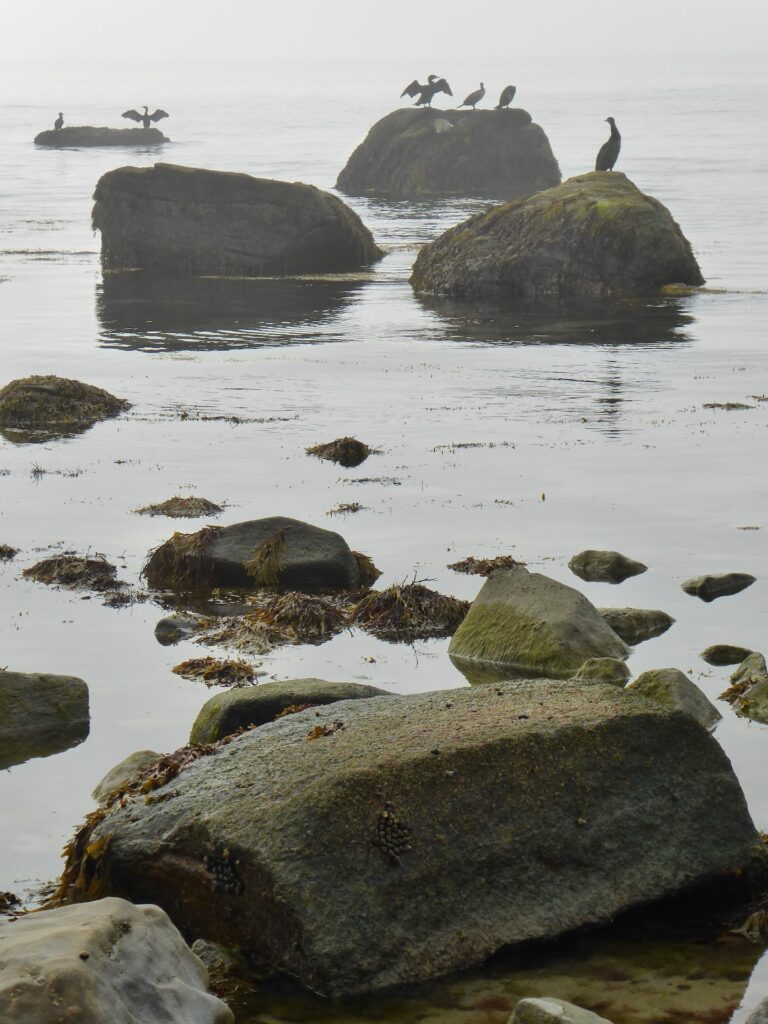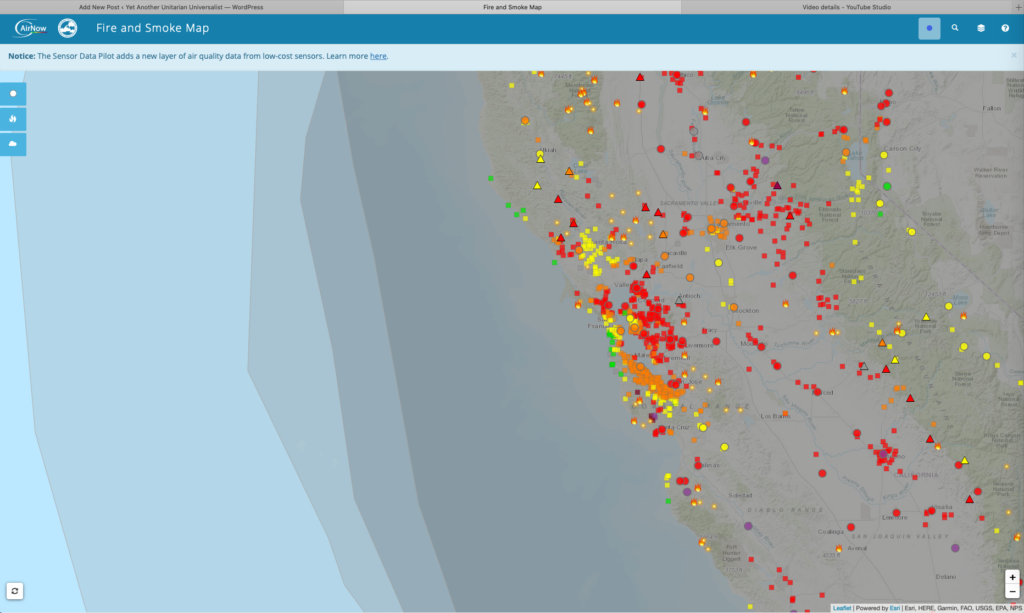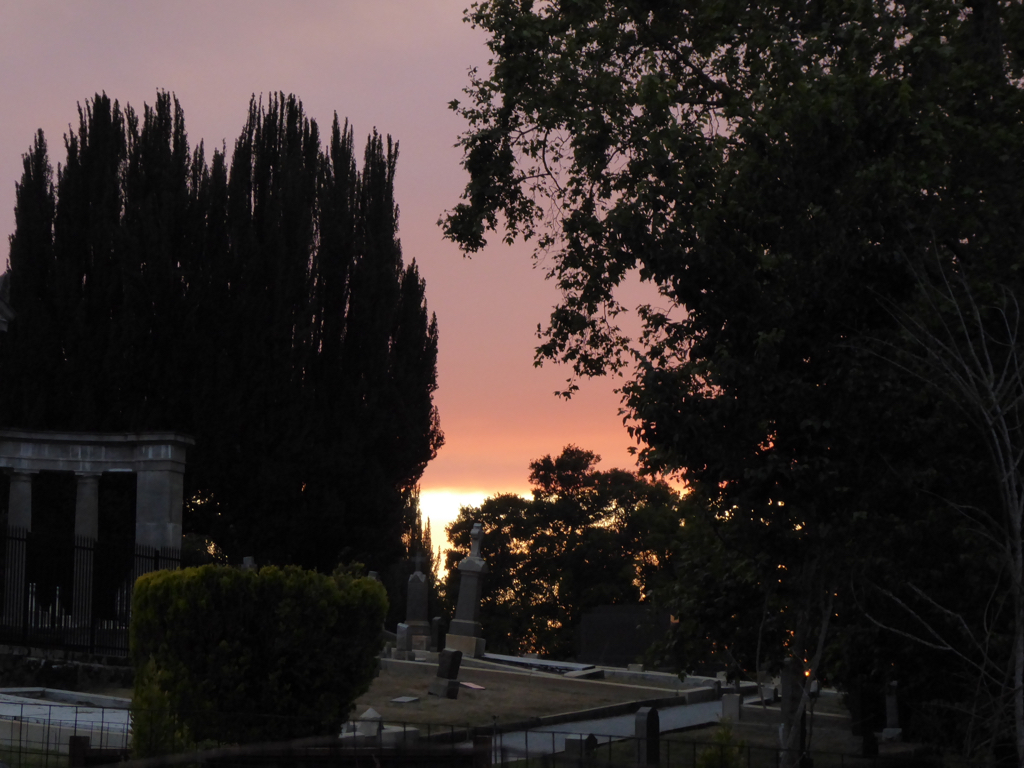The U.N. just issued a report saying that it’s unlikely that world leaders will meet emissions targets, meaning that it’s unlikely that we will be able to keep global temperature rise at 1.5 degrees Celcius.
In other words, we’re fucked. Because with Putin on a rampage, and United States political leadership tearing at each other like mad dogs, and China going down a rabbit hole of total control and authoritarianism, we’re seeing a total lack of leadership from three countries that actually could do something about climate change.
Putin’s strategy for ending the climate crisis appears to be starting a nuclear holocaust. America’s climate strategy appears to be declaring this a Christian nation (um, I guess God is going to bail us out?). China’s strategy appears to be ignoring it and hoping it goes away.
Actually, those leaders are all incredibly rich. They’re probably all assuming that they are rich enough to be able to insulate themselves from the worst effects of climate change.
For an adequate description of our world leaders, we need the words of a great poet. Like these words from the immortal Benny Hill (which I changed just a little tiny bit):
“Now if you’re feeling miserable, if you’re feeling blue,
Here’s a little ditty that’ll help to pull you through,
Climate change will disappear, the grey skies turn to blue:
Just stick your finger in your ear and go ting-a-ling-a-loo.
“Greta Thunberg said ‘Get your fingers out,’ and that cut us to the quick,
We took our fingers out, but it didn’t do the trick.
Now we follow our world leaders with all our might and main:
Be like Putin, Trump, and good ol’ Xi — and stick ’em back again!
“Yes, stick your finger in your ear and go ting-a-ling-a-loo,
Climate change ain’t real, just go ting-a-ling-a-loo,
Remember what George W. said in 2002:
Stick your finger in your ear and go ting…a…ling…a…loo!”



